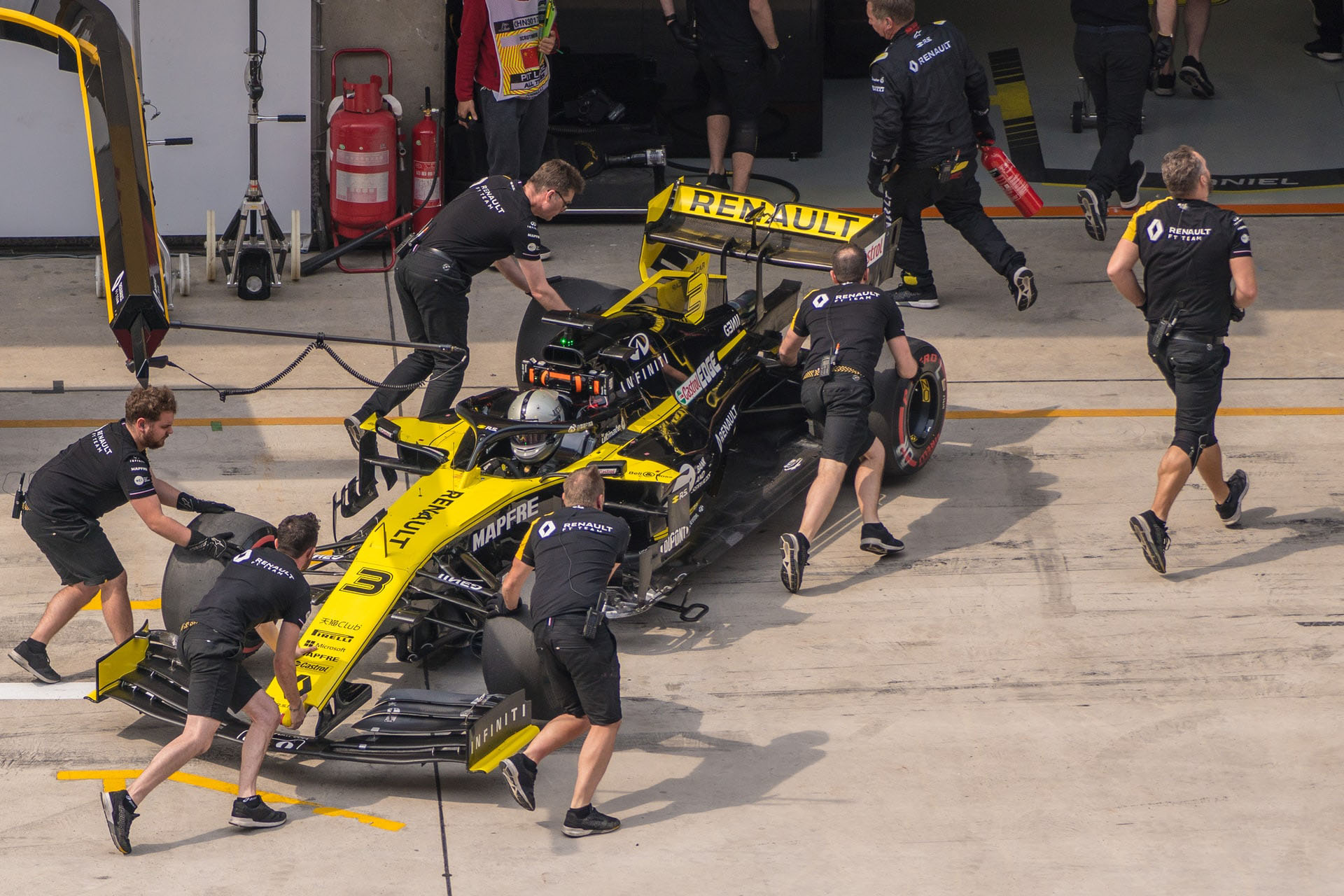Understanding the process of workflow analysis
Workflow analysis is the process in which a businesses examines the progress of workflows, in a specific context, so that it can operate with the best possible efficiency. As part of this process each individual workflow design and how they relate to organisation structure need to be understood with the overarching context of an organisation is actually competing in the market.
By undertaking workflow analysis under this context, an organisation can readily gain a competitive advantage, as it will inherently leverage both workflow design and organisation structure. This advantage however is dependent on the validity of the business strategy and the understanding of the competitive environment.

The workflow analysis definition
Ok, so what’s the end goal then?
Well, effective workflow analysis seeks to improve organisational structure and work outputs. Organisational structure is known as the stable and formal network of interconnections (vertical and horizontal) among jobs that constitute the organisation. Once a thorough understanding of the relationships between jobs, employee positions (e.g. supervisors, subordinates) and different functional areas (marketing, versus production) can inform decisions be made about how to redesign or improve jobs that will benefit the organisation.
A work output is defined to be the product of a work unit and is usually an unidentifiable thing for example a completed purchase order, an employment test or a computer. Outputs may also be recognised as services such as a service provided by an airline to fly you to another destination, a cleaning service that cleans your offices or a baby sitter who watches over your kids.
The process of workflow analysis
In the past, it has been common practice for HR professionals and line manager to analyse and design jobs without considering the larger organisational context. This of course is not an optimal approach when Effective workflow design relies on analysing tasks that are required to produce a product or service before allocating them to a job category or person. Only once a thorough understanding of workflow design is made, decisions can be developed in regards to how various tasks can be initially bundled into discrete jobs that can be executed by a single person.
When examining an organisation, the focus tends to be on the final product as the output. However, in most cases to produce a final product requires various work units each producing a variety of outputs and each of these work units have various individuals who generate some work output. Therefore, an important way to gage the effectiveness of any organisation is its efficiency and effectiveness with producing the many products within the various work units.
Once the outputs have been identified the next step is to develop the standards for quantity or quality. ProMES (productivity measurement and evaluation system) a productivity improvement technique can be used to focus attention on identifying work-unit outputs and specifying required performance levels for different levels of effectiveness. When using the ProMES technique members of a work unit identify each of the outputs of the work unit for the various customers. The effectiveness is then evaluated against each level of product in the eyes of their customers.
The next step is to analyse the work processes. Any of these identified processes that are used to generate the output should then be examined once all the outputs of the work unit have been identified. The work process is recognised as the activities that members of a work unit engage in to produce a given output. Work processes need to consist of operating procedures to specify how things should be done at each stage of the development. These procedures need to include all the tasks that are required in the production of the product and each task is broken down to be performed by each person in the work unit.
For a manager to design work systems that maximise efficiency the process required in the development of the product need to be understood. It is common practice to add positions to meet new requirements as workload increases within work groups. However, there are cases where organisations have resisted growth and downsized with the aim to achieve greater efficiencies. It becomes difficult to determine whether a work unit has become understaffed or overstaffed when there is not a clear understanding of the tasks necessary to the production of the output.
The final step in the work flow analysis is the identification of the inputs used in the development of the product. Inputs can be further segregated into the equipment, raw material and human skills needed to achieve a task. Raw materials refer to the materials that are converted into the work unit’s product. Equipment is the machinery and technology used to transform raw materials into the product and the human skills and efforts that are used to perform tasks are the final inputs in the workflow process.







